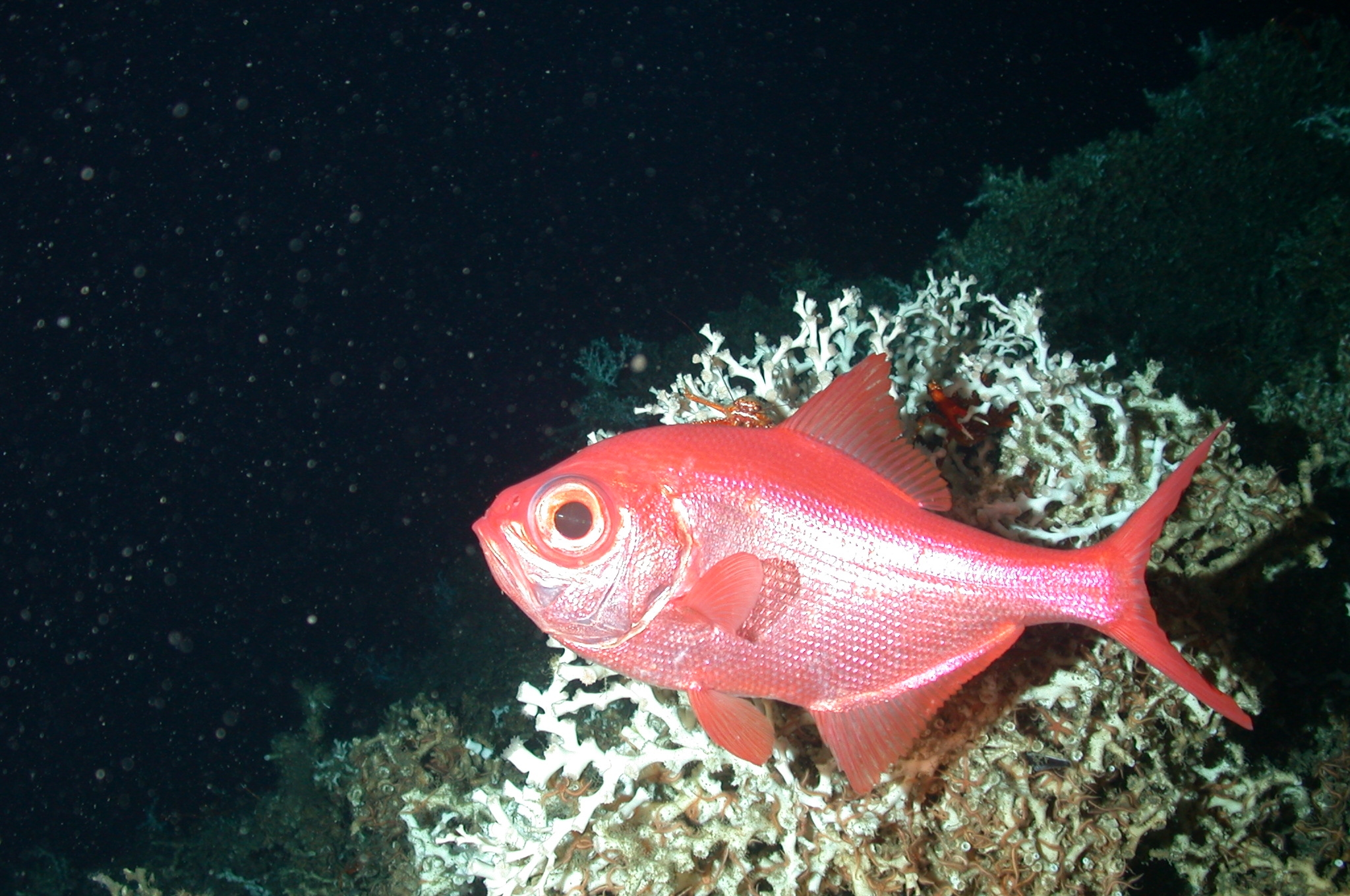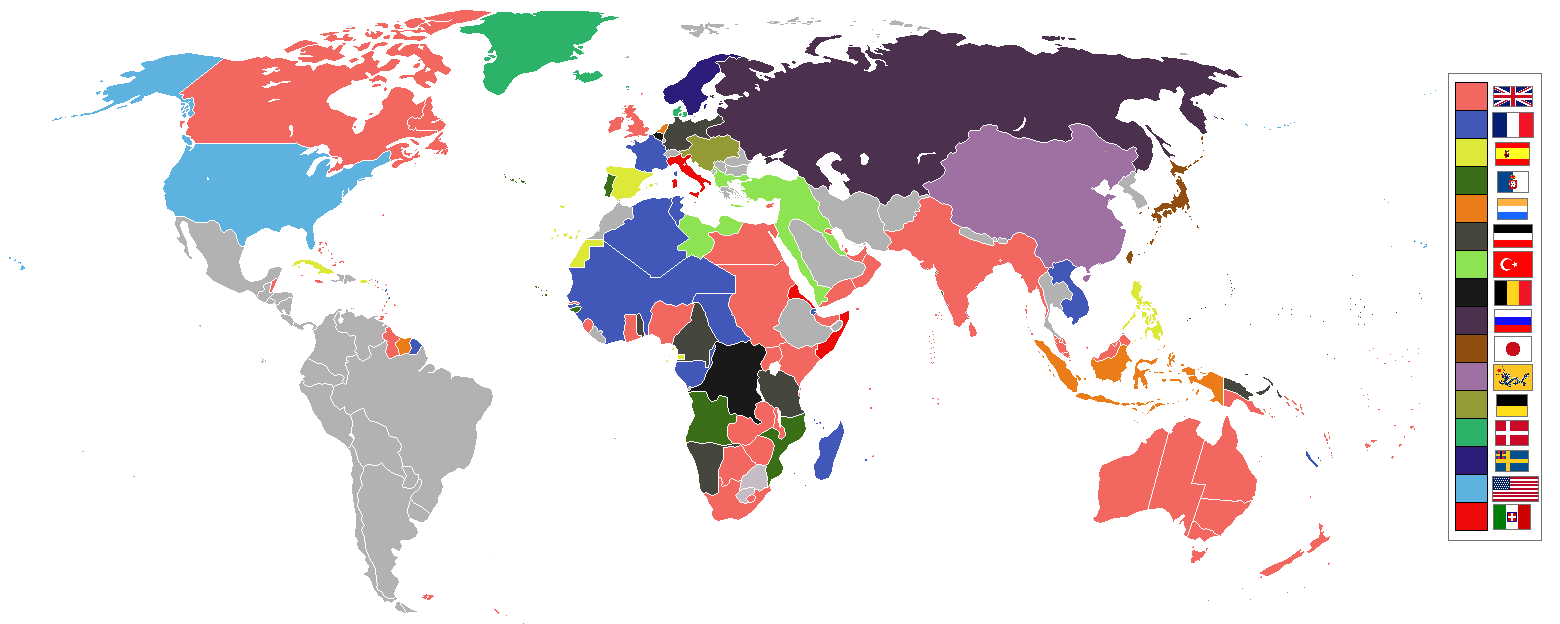|
Alcyonacea
Alcyonacea is the old scientific order name for the informal group known as "soft corals". It is now an unaccepted name for class Octocorallia. It became deprecated . The following text should be considered a historical, outdated way of treating the taxonomy of Anthozoa and Octocorallia. Some, or many parts of it, are no longer valid. Any remaining information found to be still valid, should be carefully merged into Octocorallia. Alcyonacea are an order of sessile colonial cnidarians that are found throughout the oceans of the world, especially in the deep sea, polar waters, tropics and subtropics. Whilst not in a strict taxonomic sense, Alcyonacea are commonly known as soft corals. The term "soft coral" generally applies to organisms in the two orders Pennatulacea and Alcyonacea with their polyps embedded within a fleshy mass of coenenchymal tissue. Consequently, the term "gorgonian coral" is commonly handed to multiple species in the order Alcyonacea that produce a min ... [...More Info...] [...Related Items...] OR: [Wikipedia] [Google] [Baidu] |
Octocorallia
Octocorallia, along with Hexacorallia, is one of the two extant classes of Anthozoa. It comprises over 3,000 species of marine and brackish animals consisting of colonial polyps with 8-fold symmetry, commonly referred informally as "soft corals". It was previously known by the now unaccepted scientific names Alcyonacea and Gorgonacea, both deprecated , and by the also deprecated name of Alcyonaria, in earlier times. Its only two orders are Malacalcyonacea and Scleralcyonacea, which include corals such as those under the common names of blue corals, sea pens, and gorgonians (sea fans and sea whips). These animals have an internal skeleton secreted by their mesoglea, and polyps with tipically eight tentacles and eight mesenteries. As is the case with all cnidarians, their complex life cycle includes a motile, planktonic phase (a larva called planula), and a later characteristic sessile phase. Octocorals have existed at least since the Ordovician period, as shown by Maurit ... [...More Info...] [...Related Items...] OR: [Wikipedia] [Google] [Baidu] |
Anthozoa
Anthozoa is one of the three subphyla of Cnidaria, along with Medusozoa and Endocnidozoa. It includes Sessility (motility), sessile marine invertebrates and invertebrates of brackish water, such as sea anemones, Scleractinia, stony corals, soft corals and sea pens. Almost all adult anthozoans are attached to the seabed, while their larvae can disperse as plankton. The basic unit of the adult is the polyp (zoology), polyp, an individual animal consisting of a cylindrical column topped by a disc with a central mouth surrounded by tentacles. Sea anemones are mostly solitary, but the majority of corals are colony (biology), colonial, being formed by the budding of new polyps from an original, founding individual. Colonies of stony corals are strengthened by mainly aragonite and other materials, and can take various massive, plate-like, bushy or leafy forms. Members of Anthozoa possess cnidocytes, a feature shared among other cnidarians such as the jellyfish, box jellyfish, box jellies ... [...More Info...] [...Related Items...] OR: [Wikipedia] [Google] [Baidu] |
Stolonifera
Stolonifera is a suborder of soft corals in the order Alcyonacea. Members of this taxon are characterised by having separate polyps budding off an encrusting horizontal, branching stolon. The skeletons include spicules or consists of a horny external cuticle. These soft corals are found in shallow tropical and temperate seas. Families According to the World Register of Marine Species, the following families are included in this suborder: * Acrossotidae * Arulidae * Clavulariidae * Coelogorgiidae * Cornulariidae * Pseudogorgiidae * Tubiporidae References Alcyonacea Stolonifera, Cnidarian suborders {{Octocorallia-stub ... [...More Info...] [...Related Items...] OR: [Wikipedia] [Google] [Baidu] |
Holaxonia
Holaxonia is a suborder of soft corals, a member of the phylum Cnidaria.Holaxonia World Register of Marine Species. Retrieved 2011-12-03. Members of this suborder are sometimes known as gorgonians and include the sea blades, the sea fans, the sea rods and the sea whips. These soft corals are colonial, sessile organisms and are generally tree-like in structure. They do not have a hard skeleton composed of but have a firm but pliable, central axial skeleton composed of a fibrous called |
Alcyoniina
* Nidaliidae
Alcyoniina is a suborder of soft coral found mainly in the Pacific and Indian oceans. Families *Alcyoniidae Alcyoniidae is a family of leathery or soft corals in the phylum Cnidaria.Leathery cor ... References Octocorallia Cnidarians of the Indian Ocean Cnidarians of the Pacific Ocean {{Octocorallia-stub ...[...More Info...] [...Related Items...] OR: [Wikipedia] [Google] [Baidu] |
Scleraxonia
Scleraxonia is a suborder of corals, a member of the phylum Cnidaria. Characteristics Members of Scleraxonia have a skeletal axis made of calcified spicules, organic fibres or both, which may be separate, linked or fused together. Families and genera There are nine recognised families in this suborder and over thirty genera, with four families ( Anthothelidae, Briareidae, Coralliidae and Subergorgiidae) containing some deep-water species and two families ( Paragorgiidae and Parisididae) being exclusively deep water. Families and genera in this suborder include: * Anthothelidae Broch, 1916 ** '' Alertigorgia'' Kükenthal, 1908 ** '' Anthothela'' Verrill, 1879 ** '' Briareopsis'' Bayer, 1993 ** '' Erythropodium'' Kölliker, 1865 ** '' Iciligorgia'' Duchassaing, 1870 ** '' Lateothela'' Moore, Alderslade & Miller, 2017 ** '' Solenocaulon'' Gray, 1862 ** '' Stereogorgia'' ** '' Tubigorgia'' Pasternak, 1985 ** '' Williamsium'' Moore, Alderslade & Miller, 2017 * Briareidae Gray, 18 ... [...More Info...] [...Related Items...] OR: [Wikipedia] [Google] [Baidu] |
Gorgonin
Gorgonin is a flexible scleroprotein which provides structural strength to gorgonian corals, a subset of the order Alcyonacea. Gorgonian corals have supporting skeletal axes made of gorgonin and/or calcite. Gorgonin makes up the joints of bamboo corals in the deep sea, and forms the central internal skeleton of sea fans. It frequently contains appreciable quantities of bromine, iodine, and tyrosine. Gorgonin is diagenetically stable and is deposited in discrete annual growth rings in Primnoa resedaeformis, and possibly other species. History The study of the chemistry of gorgonin, as a substance rather than a protein, was started by Balard in 1825, who reported on the occurrence of "iodogorgic acid". Several sources cite Valenciennes as having given the protein the name of "gorgonin" in an 1855 monograph. However, the monograph cited appears to contradict this, solely naming a newly-discovered substance in Gorgonians "cornéine" after its resemblance to substances extracte ... [...More Info...] [...Related Items...] OR: [Wikipedia] [Google] [Baidu] |
Cladiella
''Cladiella'' is a genus of Alcyonacea, soft corals native to the Indo-Pacific region. These corals are commonly known as colt corals or finger leather corals and are often kept in Reef aquarium, reef aquaria. They grow fast, have short rounded or conical lobes and are sticky to the touch owing to the production of much mucus. They are creamy or pale grey in colour. The polyp (zoology), polyps are fully retractable and give the colony a fluffy look when extended. They may be a contrasting green or brown hue. Species The World Register of Marine Species lists the following species: *''Cladiella arborea'' (Utinomi, 1954) *''Cladiella arbusculoides'' Verseveldt & Benayahu, 1978 *''Cladiella aspera'' Tixier-Durivault, 1970 *''Cladiella australis'' (Macfadyen, 1936) *''Cladiella bottai'' (Tixier-Durivault, 1943) *''Cladiella brachyclados'' Ehrenberg, 1834 *''Cladiella ceylonica'' (Pratt, 1905) *''Cladiella conifera'' (Tixier-Durivault, 1943) *''Cladiella crassa'' (Tixier-Durivault, ... [...More Info...] [...Related Items...] OR: [Wikipedia] [Google] [Baidu] |
Cnidaria
Cnidaria ( ) is a phylum under kingdom Animalia containing over 11,000 species of aquatic invertebrates found both in fresh water, freshwater and marine environments (predominantly the latter), including jellyfish, hydroid (zoology), hydroids, sea anemones, corals and some of the smallest marine parasites. Their distinguishing features are an uncentralized nervous system distributed throughout a gelatinous body and the presence of cnidocytes or cnidoblasts, specialized cells with ejectable flagella used mainly for envenomation and capturing prey. Their bodies consist of mesoglea, a non-living, jelly-like substance, sandwiched between two layers of epithelium that are mostly one cell (biology), cell thick. Cnidarians are also some of the few animals that can reproduce both sexually and asexually. Cnidarians mostly have two basic body forms: swimming medusa (biology), medusae and sessility (motility), sessile polyp (zoology), polyps, both of which are radially symmetrical with mou ... [...More Info...] [...Related Items...] OR: [Wikipedia] [Google] [Baidu] |
Paleoclimatology
Paleoclimatology ( British spelling, palaeoclimatology) is the scientific study of climates predating the invention of meteorological instruments, when no direct measurement data were available. As instrumental records only span a tiny part of Earth's history, the reconstruction of ancient climate is important to understand natural variation and the evolution of the current climate. Paleoclimatology uses a variety of proxy methods from Earth and life sciences to obtain data previously preserved within rocks, sediments, boreholes, ice sheets, tree rings, corals, shells, and microfossils. Combined with techniques to date the proxies, the paleoclimate records are used to determine the past states of Earth's atmosphere. The scientific field of paleoclimatology came to maturity in the 20th century. Notable periods studied by paleoclimatologists include the frequent glaciations that Earth has undergone, rapid cooling events like the Younger Dryas, and the rapid warming du ... [...More Info...] [...Related Items...] OR: [Wikipedia] [Google] [Baidu] |
1898 Aquaimages
Events January * January 1 – New York City annexes land from surrounding counties, creating the City of Greater New York as the world's second largest. The city is geographically divided into five boroughs: Manhattan, Brooklyn, Queens, The Bronx and Staten Island. * January 13 – Novelist Émile Zola's open letter to the President of the French Republic on the Dreyfus affair, , is published on the front page of the Paris daily newspaper , accusing the government of wrongfully imprisoning Alfred Dreyfus and of antisemitism. February * February 12 – The automobile belonging to Henry Lindfield of Brighton rolls out of control down a hill in Purley, London, England, and hits a tree; thus he becomes the world's first fatality from an automobile accident on a public highway. * February 15 – Spanish–American War: The explodes and sinks in Havana Harbor, Cuba, for reasons never fully established, killing 266 men. The event precipitates the United Sta ... [...More Info...] [...Related Items...] OR: [Wikipedia] [Google] [Baidu] |






